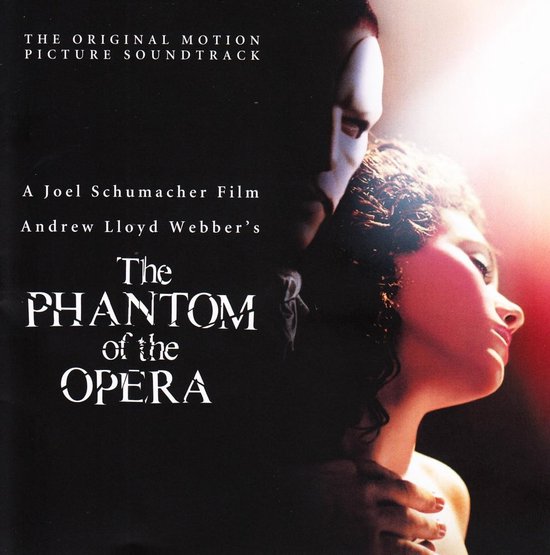

He continues to mesmerize her and insist she become his life companion. The Phantom makes himself known to Christine and leads her to his subterranean lair, in which she foolishly creeps up and unmasks him. When these are resisted, calamitous events ensue, including collapsing scenery, the crashing of the chandelier on stage at the feet of Christine, and the hanging of a stagehand. In the story, the managers of the opera house begin to receive cryptic notes signed "Opera Ghost" which demand payment and performance changes, most of which involve the furtherance of the career of an obscure chorus girl, Christine Daaé.

A 1990 remake was less heavy-handed but no more faithful to Leroux' original story, being rather more an adaptation of Weber's opera. Even so, the Weber-Hart work is more faithful to the characterizations of the original work than any of the intervening motion pictures, in which the Phantom is changed by turns into a demented monster (Lon Chaney, in 1925) and a tragic recluse ( Claude Rains, in 1943). In Charles Hart's libretto, the characters proclaim their feelings and fears with suitable operatic drama and the murky convolutions of the book become an effective and tragic love story. The work is densely populated with at least six principal characters and at that, Weber chose to eliminate a key figure found in the original novel, that of the Persian Daroga, who serves as narrator and guide through the convoluted plotting. The time is 1861, as told in flashback from 1905. Ten fog and smoke machines were employed to produce the requisite creepiness in the subterranean scenes. The premiere production featured 230 costumes, 22 scene changes, and consumed over one hundred pounds of dry ice. The work represents a huge challenge in staging, as scenes range from the main stage all the way down to the subterranean lake-which actually exists-to the rooftop. Obsession, in the mind of a madman, drives the story to a shattering resolution.Īlready the composer of contemporary works including Jesus Christ, Superstar, and Evita, Andrew Lloyd Weber sets Phantom in two acts, both occurring entirely within the environs of the opera house.

Inspired by the Paris Opera, a gargantuan structure of seventeen levels covering nearly three acres, the original story by turns creeps eerily and hurtles terrifyingly through its labyrinthine passages. Inspired by a convoluted and overwritten 1911 novel by Gaston Leroux, Phantom has been fashioned into a gripping, wondrous musical drama which makes use of the novel's strength-the marvelous basic plot-and adds brilliant, memorable music of operatic quality. While the list of great literary works which have suffered in translation to stage or screen is long, The Phantom of the Opera is an example of the opposite effect.


 0 kommentar(er)
0 kommentar(er)
